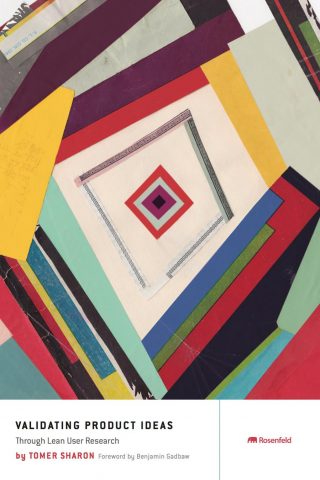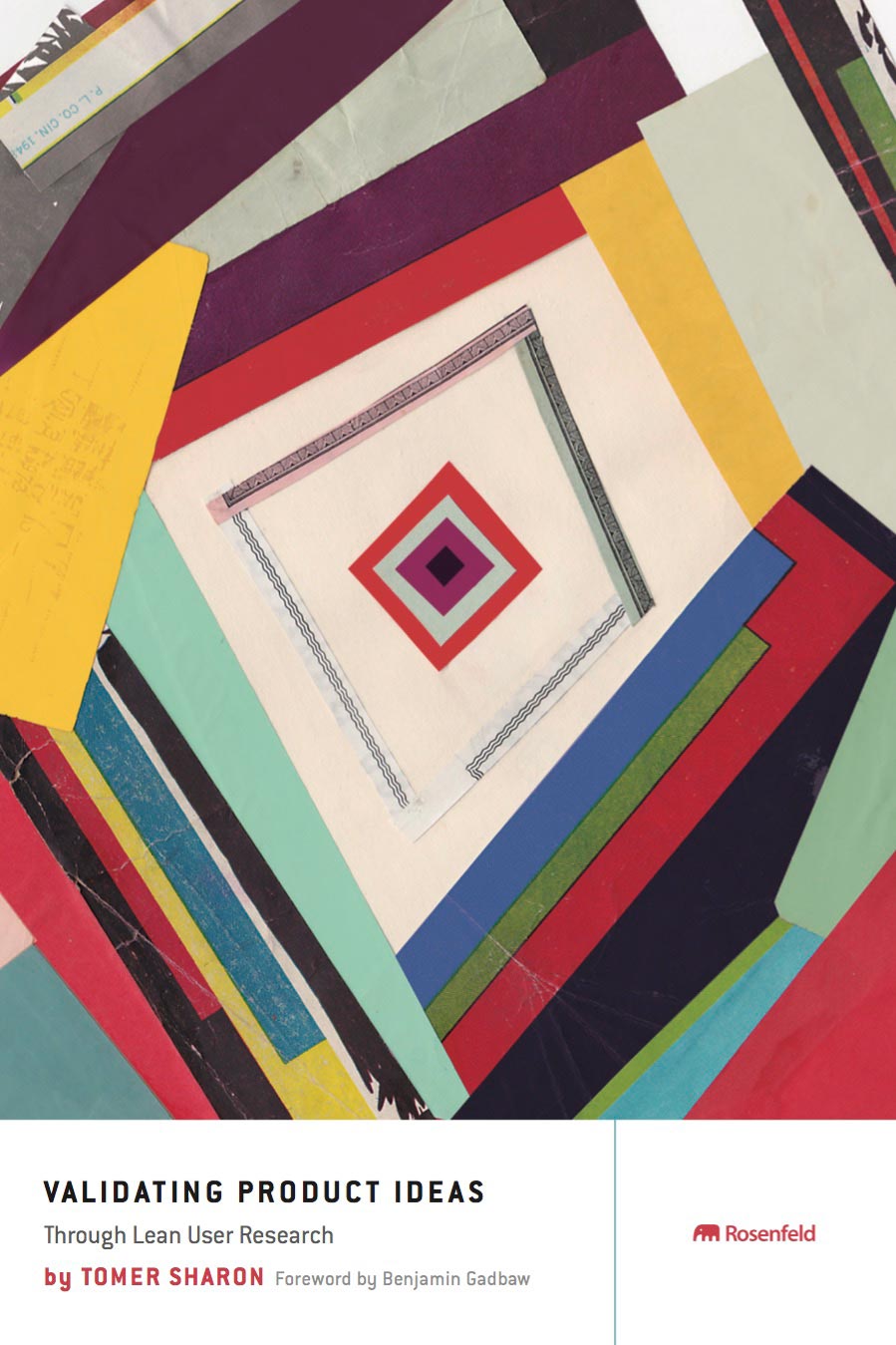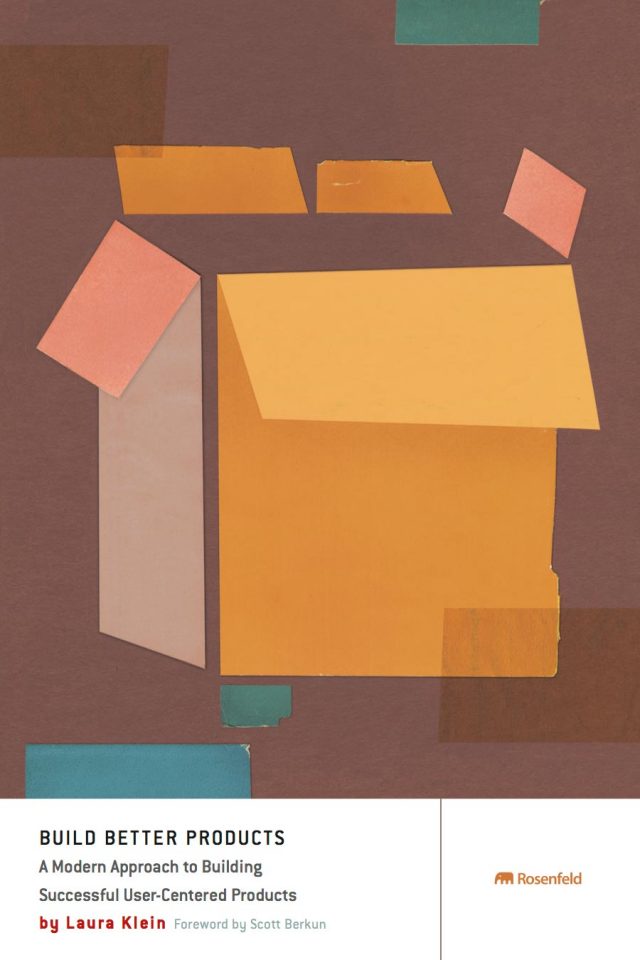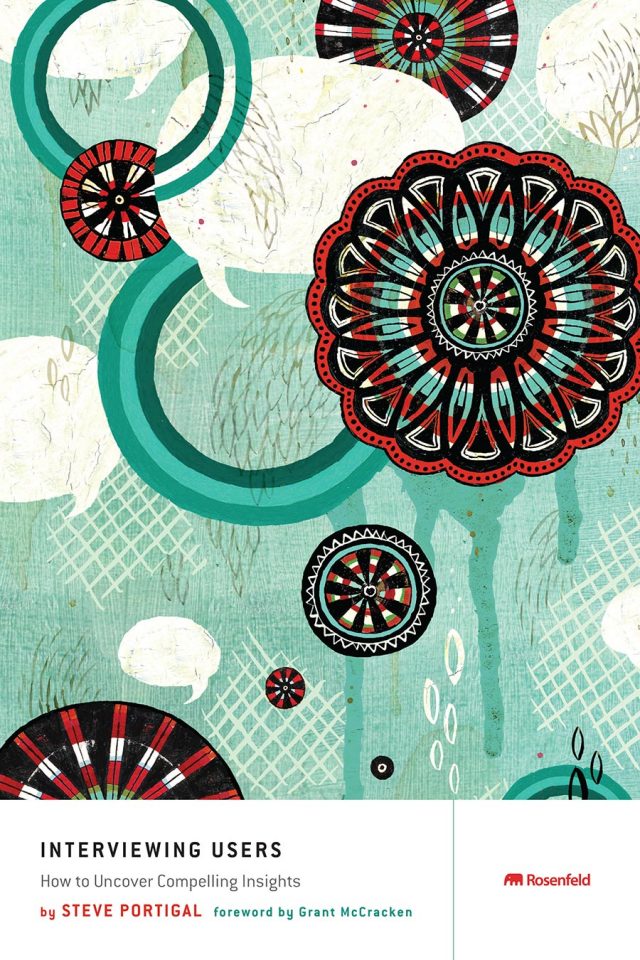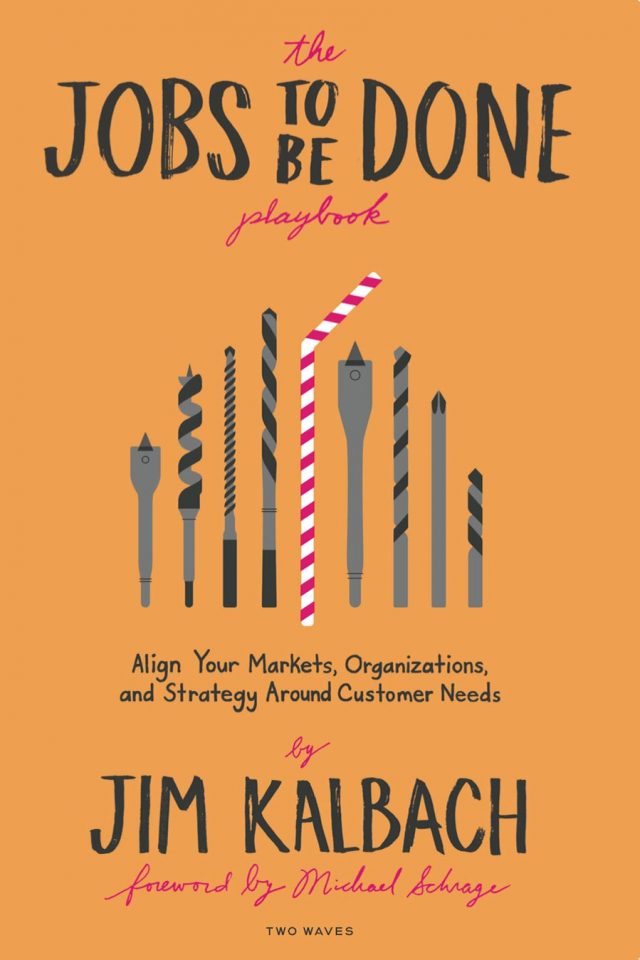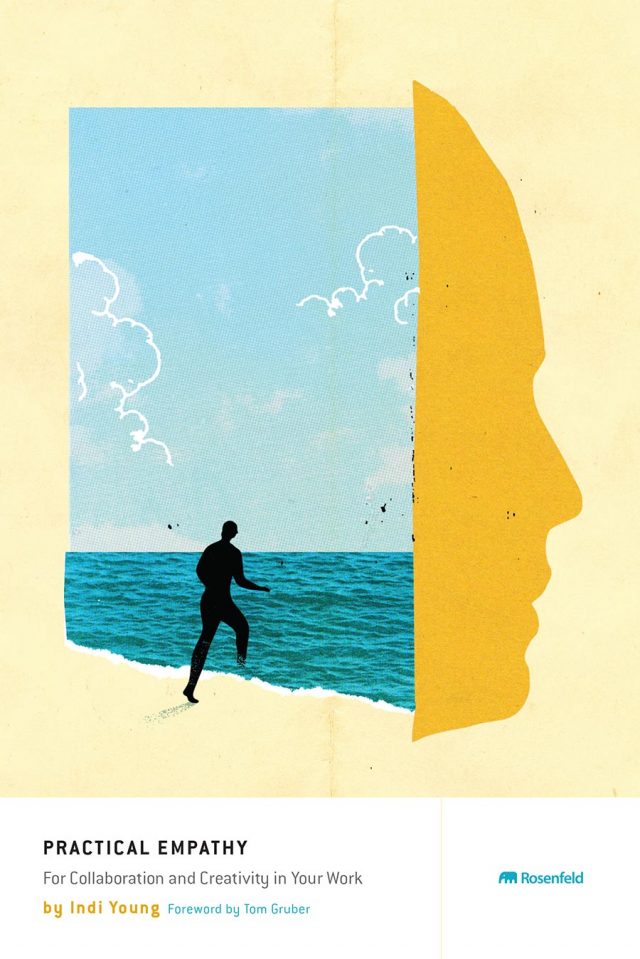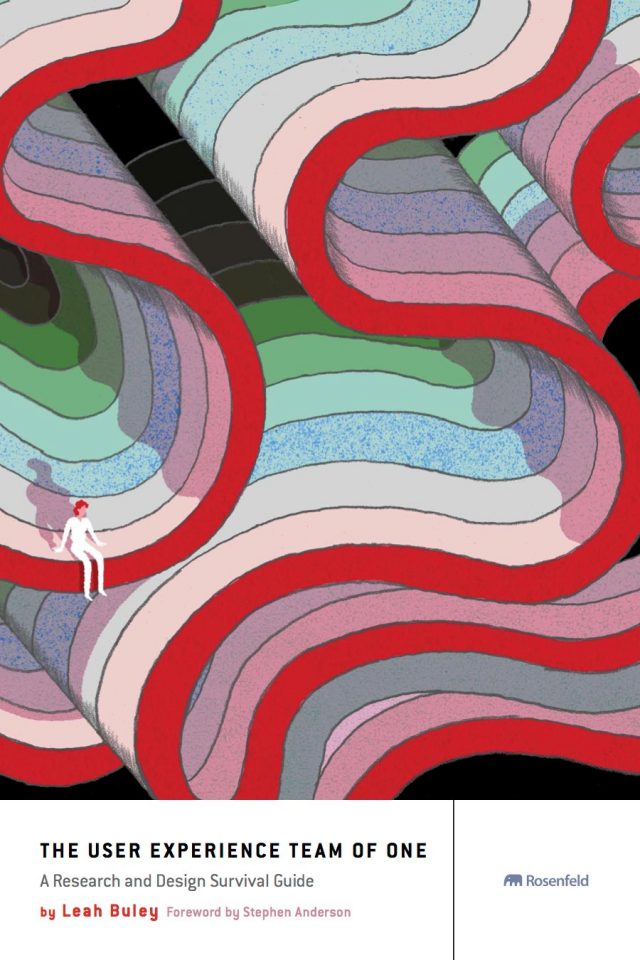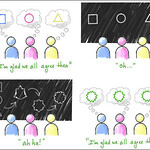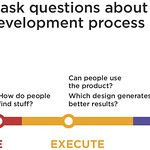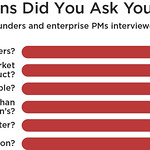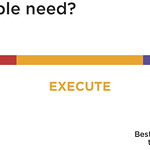I still remember when I started using Twitter in 2009. All this information from all my favorite people was in one place: dedicated feeds on TweetDeck for keywords, and conference hashtags I didn’t have the money or clout to attend. It was a rush. Then the cruft trickled in—humble brags, Internet drama, and inevitably, ads.
I started looking at new sources of information warily, like a new piece of exercise equipment in the gym—”Ugh, I should really get on that.” Who has time to practice design when there isn’t even enough time to learn it.
Enter daily briefs. Apple News, Nuzzel, Quibb, Hacker News, Pocket, Quartz, TechCrunch, Medium, Mattermark. Not to mention the office email threads and Slack channels. “Did you see what blah posted about blah blah?”
Eric Schmidt said that every two days we generate as much information as we did between the dawn of time up to 2003—6.7 exabytes to be exact. What to do?
Well, there’s a trick. There’s a pattern that can help us wade through the information ocean.
There are two kinds of information: entertainment and knowledge. We know entertainment when we see it: Aziz, Jane the Virgin, your kid giggling uncontrollably when you say ‘Boo!’
Then there is knowledge. We know that, too.
The tricky stuff is the blurry in between. It’s the top 10 lists, the 5 habits of successful people, the “One thing you really must know to ________,” and it’s the link bait that poses as information for a better you, but doesn’t deliver on the promise.
Validating Product Ideas by Tomer Sharon is the good stuff. In an industry filled with monster drinks and Soylent, this book is your bitter greens. And in a world abundant with ideas, the infrastructure to produce them, and the capital to fund them, Tomer offers perhaps the single most important tool—the ability to recognize ideas worth pursuing.
Tomer’s motivation grew out of his own research. After hundreds of interviews with founders, venture capitalists, and product designers, he found them asking the same questions: How do I know who my users are? What do people need? Can people actually use the product? These are the questions that he guides readers through answering in a book that can be put immediately into practice in product development.
This book is not fodder for cocktail conversation. You will not read it on the subway ride to the office and wow your colleagues with a tweetable headline for the company blog. This book doesn’t herald a new fad in design. Rather, it charts a course to master the fundamentals that are all too often overlooked.
If you are new to product research, use this book as a primer. If you are a pro, use it as a gut check and a checklist. Use it to clear your head when you feel like you have too many opinions and not enough sound judgment. Use this book, and you will be practicing the hard and rewarding discipline of fast, high-quality, impactful product research.
—Benjamin Gadbaw
Designer, investor, teacher
